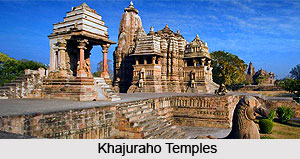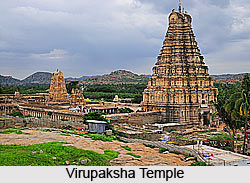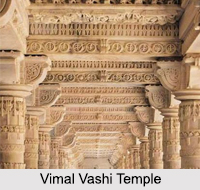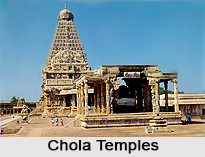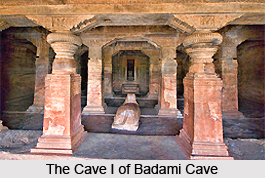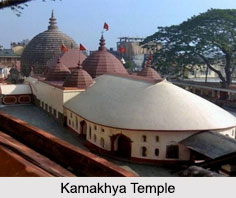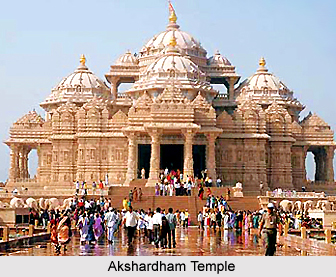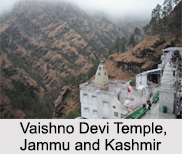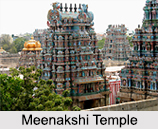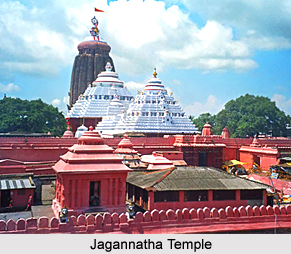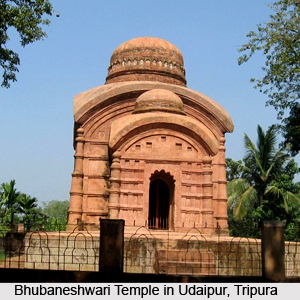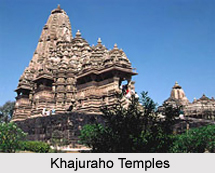Rock-cut temples can be seen in many parts of India, primarily in the basaltic mountains of Maharashtra and the granite hillocks of Tamil Nadu. The Satavahana and Vakataka rulers of the early centuries of the Christian era built several rock-cut monuments. The Chalukyas, Pallavas, Pandyas, Rashtrakutas and many other dynasties also continued to build such structures and enriched this architectural tradition.
The rock temples built by the Pallavas in Mamallapuram (near Chennai) are internationally famous. It is due to the sleek tourist literature and the government sponsored tourism oriented programmes in those places. But, still most of the rock cut temples has remained unknown even to scholars and students, not to speak of the common public. Specifically, the Pandya rock cut temples built in remote sites in the southernmost part of the country have remained in dark and hardly visited by tourists and art historians. No systematic and scientific documentation and study has been conducted yet in those rock cut temples.
The Pandyas ruled in the southern Tamil Nadu (the region south of the Kaveri) from about 300 BC to the 15th century with some noteworthy breaks or gaps in between. Madurai was the capital of the Pandya rulers. The rock cut temples erected by the Pandyas can be seen all throughout the area bound by the river Kaveri in the north, the river Tamraparani in the south, the Western Ghats in the west and the Bay of Bengal in the east. The important Pandya rock cut temples include those at Tiruvellarai, Tirumalapuram, Virasikhamani, Kunnakudi, Pillaiyarpatti, Kudumiamalai and Tirupparankunram.
The Valli`s Cave at Tiruchendur is one of the most fascinating Pandya rock cut temples. It is regarded as one of the six sacred places of Subrahmanya, the Son of God Siva. This cave has been digged out of the marine calcareous sandstone cliff at the beach in Tiruchendur. Most of the Pandya temples are dedicated to Hindu deities. At Sittannavasal only, one rare Pandya Jain temple can be seen. This rock cut shrine exhibits lovely fresco paintings featuring animals and birds on its ceiling. The later
